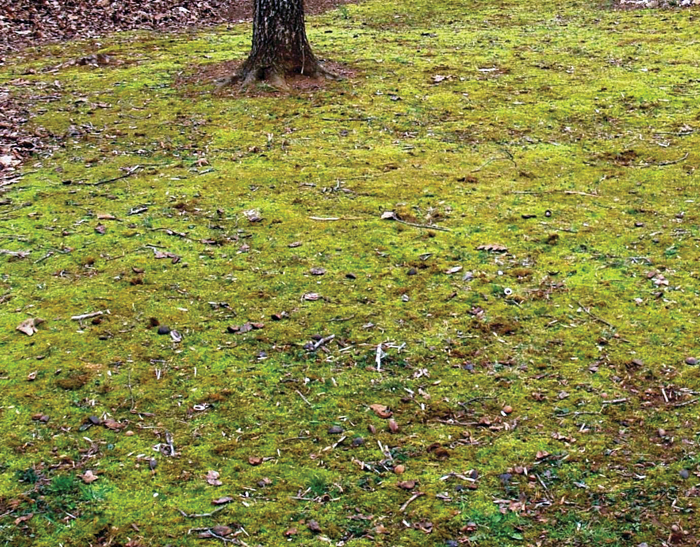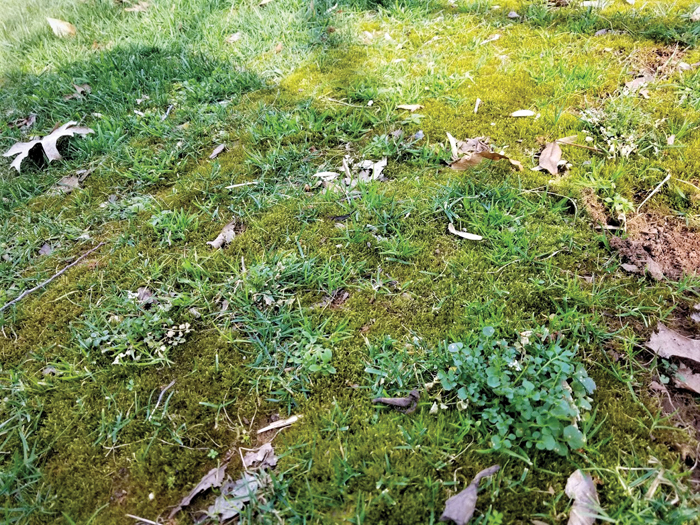Darrell Blackwelder: Moss problems in lawns
Published 12:00 am Saturday, February 11, 2023
Moss can be a serious problem in cool-season lawns. The overabundance of cool, wet weather along with poor growing conditions such as poor drainage, low light, infertility and improper soil pH levels exacerbate the problem. Any one or a combination of all of these conditions promotes moss development.
Low light is the major culprit of poor turf establishment and excessive moss growth. Poor quality and thinning fescue turf occurs in areas with more than 50 percent dense summer shade.
Lower tree limbs can be judiciously pruned to increase light for cool-season turf growth.
Thinned or bare areas under trees look much better with mass plantings of ground covers in shady areas. Mulch applications also creates a natural area which is another design option.
Proper fertility and correct soil pH discourages moss growth and development. Utilize soil testing to eliminate the guess work when applying fertilizer and lime. Soil testing kits with instructions are available from the N.C. Cooperative Extension Service located on Old Concord Road. Homeowners are responsible for sending the samples to the North Carolina Department of Agriculture. Correct fertilization promotes a vigorous healthy lawn, the best way to prevent the growth of unwanted weeds, including moss.
Some homeowners have chosen moss as part of their landscape design and enjoy its low, carpet-like appearance. Unfortunately, moss laden landscapes also have problems, especially during hot, dry summer conditions.
Darrell Blackwelder is the retired county Extension director with horticulture responsibilities with the North Carolina Cooperative Extension Service in Rowan County.




